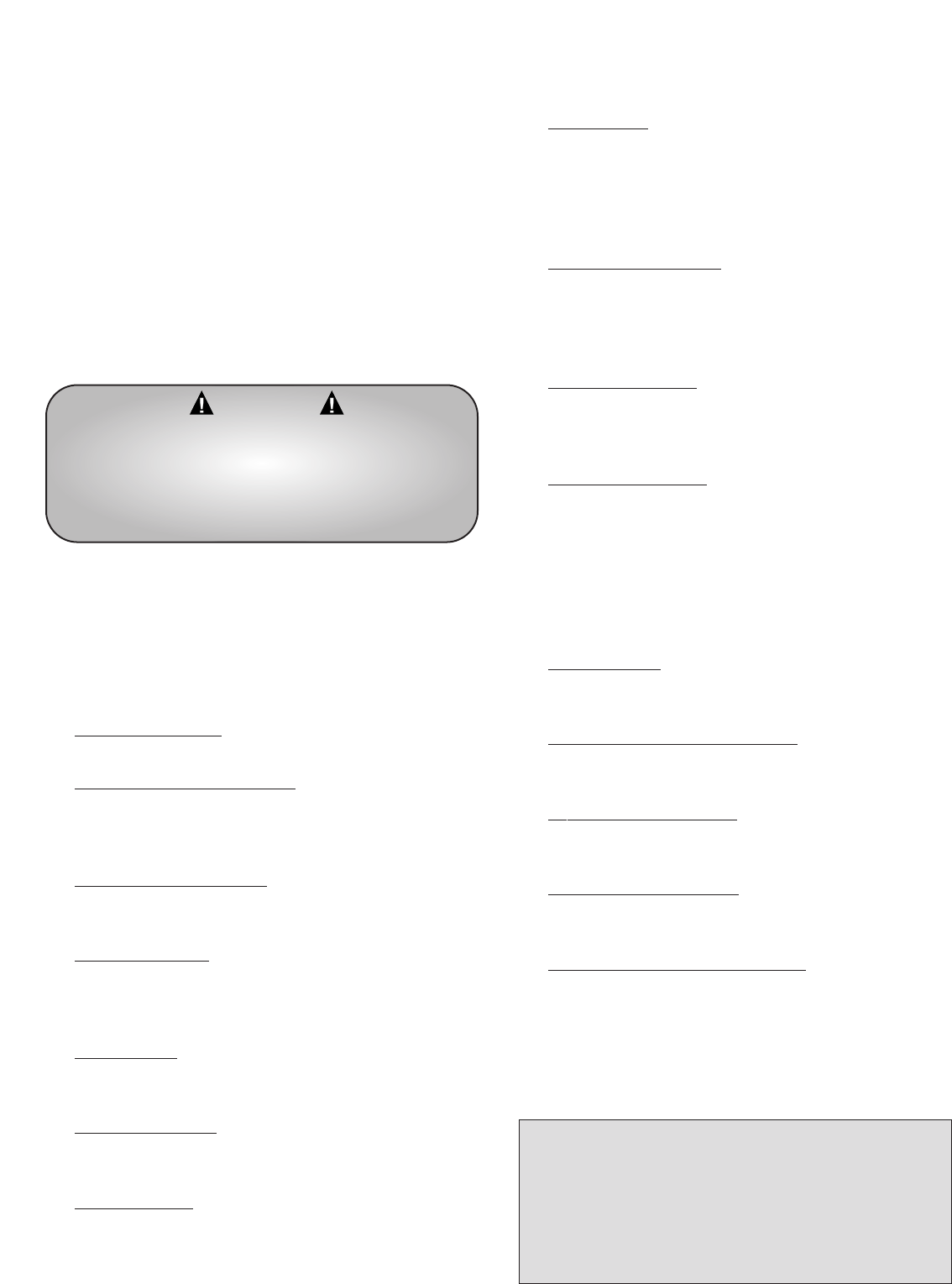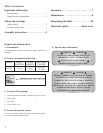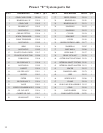
3
General safety rules
1. Remove branches in sections. Maintain safe operating
positions, to avoid risk of being struck by falling branches
or by those that rebound after hitting the ground
2. Cover saw chain with guard during transport and storage.
3. Do not hit rocks, stones, tree stumps, and other foreign
objects with the working unit. If saw chain strikes an
obstruction, stop engine immediately, unplug unit and
inspect saw chain for damage.
4. Do not operate with a dull, fractured or damaged saw
chain.
WARNING
WHEN USING ELECTRIC TOOLS, BASIC SAFETY
PRECAUTIONS, INCLUDING THE FOLLOWING,
SHOULD ALWAYS BE FOLLOWED TO REDUCE
THE RISK OF FIRE, ELECTRIC SHOCK AND
PERSONAL INJURY.
Pay particular attention to all sections regarding safety.
Read and understand all these instructions before operating this
product and save these instructions. Be familiar with the
controls and the proper use of equipment.
For safe operations:
1. Keep work area clean.
Cluttered areas and benches invite injuries.
2. Consider work area environment.
Do not expose power tools to rain. Do not use power tools
in damp or wet locations. Keep work area well lit. Do not
use power tools where there is risk of fire or explosion.
3. Guar
d against electric shock.
Avoid body contact with earthed or grounded surfaces,
e.g. pipes, radiators, stoves, ovens, refrigerators.
4. K
eep children away.
Do not let visitors touch the tool or extension cord. All
visitors should be kept away from area. Local regulations
may restrict the age of the operator.
5. Store idle tools.
When not in use, tools should be stored in a dry, high or
locked up place, out of reach of children.
6. Do not force the tool.
It will do the job better and safer at the rate for which it
was intended. Walk, never run.
7. Use the right tool.
Do not force small tools or attachments to do the job of a
heavy duty tool. Do not use tools for purposes not
intended; for example, do not use chain saw attachment to
cut tree limbs or logs.
8. Dr
ess properly.
Do not wear loose clothing or jewellery that can be caught
in moving parts. Long trousers, non-slip gloves and sturdy
work shoes with non-skid soles are recommended when
working outdoors. Wear protective hair covering to contain
long hair.
9. Use protective equipment.
To avoid injury, wear ear, eye protection, face or dust mask
if the operation is dusty. To avoid injury from falling
branches, wear helmet. Eye protection must meet
applicable CE requirements.
10. Do not abuse the cord.
Never carry the tool by the cord or yank it to disconnect it
from the socket. Keep the cord away from heat, oil and
sharp edges.
11. Maintain tool with car
e.
Keep cutting tools sharp and clean for better and safer
performance. Follow instructions for lubrication and
changing accessories. Inspect tool cord periodically and if
damaged, have it repaired by an authorised service facility.
Inspect extension cords periodically and replace, if
damaged. Keep handles dry, clean and free from oil and
grease.
12. Disconnect tools.
When not in use, before servicing and when changing
accessories such as blades, bits and cutters.
13. Remove adjusting keys and spanners.
Form the habit of checking to see that keys and adjusting
spanners are removed from the tool before turning it on.
14. A
void unintentional starting
.
Do not carry a plugged in tool with a finger on the switch
trigger. Ensure switch is off when plugging in.
15. Use outdoor e
xtension leads.
When tool is used outdoors, use only extension cords
intended for outdoor use.
16. Important extension cord information:
a. Make sure the extension cords are in good condition
before use.
b. Based on the total length of cord that you are going
to use, check the chart to make sure the cord meets the
correct minimum cord gauge (AWG) requirements.
IMPORTANT NOTE:
Using an undersized cord or a larger number cord gauge
(AWG) than recommended in the chart, will cause a loss in
power and overheating of the unit. Using a smaller number
cord gauge (AWG) than recommended in the chart, is
acceptable.


















